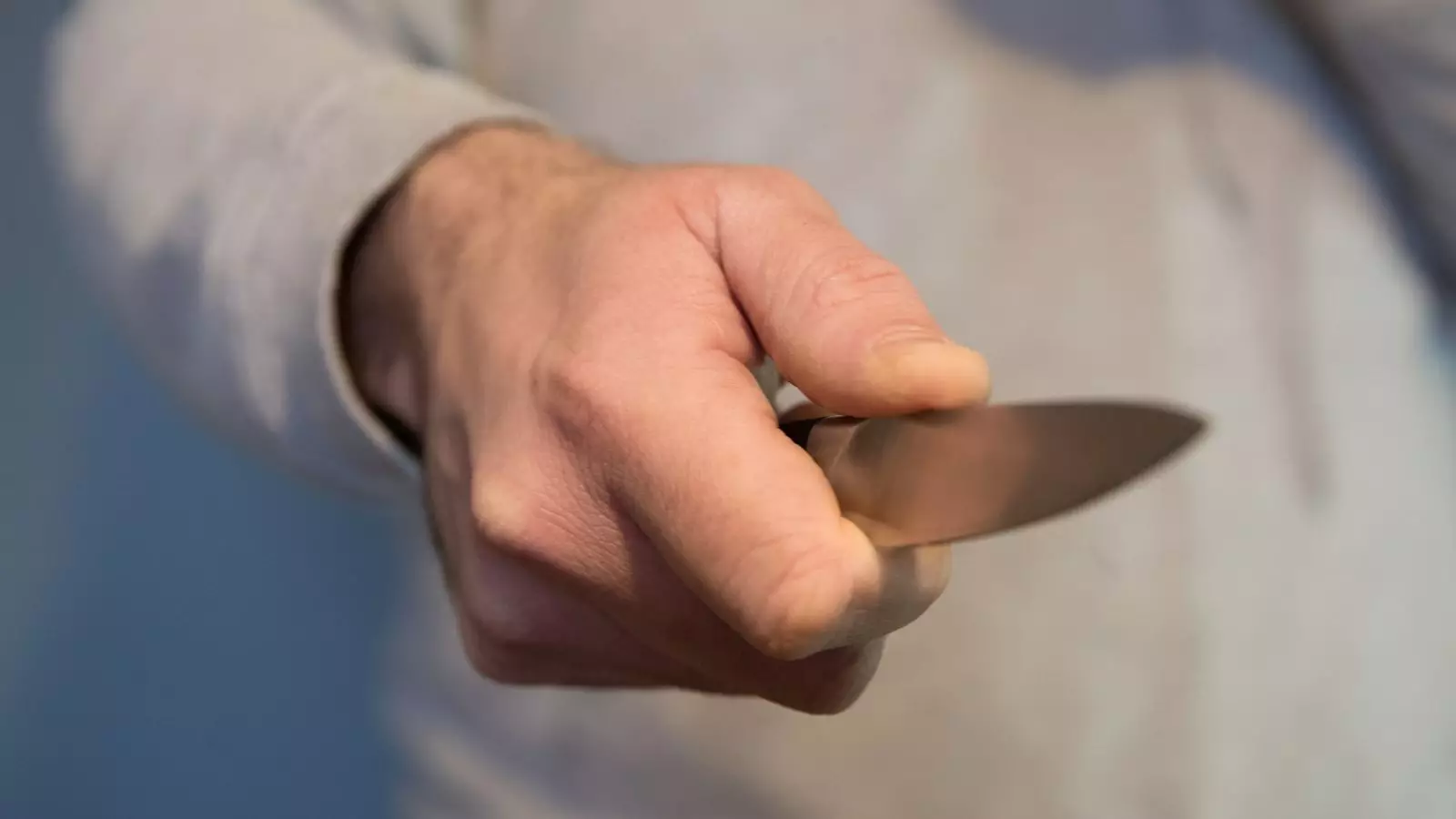In recent years, the alarming prevalence of knives among pupils in England’s secondary schools has surged to the forefront of public concern. A recent survey conducted by Sky News revealed that nearly 18% of surveyed secondary school teachers have encountered students carrying knives within educational institutions. This data, derived from responses by over 4,000 educators via the Teacher Tapp platform, underscores a troubling trend that demands immediate attention and effective intervention strategies.
The statistics are startling. This academic year alone, approximately 6% of teachers reported witnessing a student with a knife or sharp object, with some educators narrating instances involving multiple incidents in a single year. The findings, as articulated by Pepe Di’lasio from the Association of School and College Leaders, indicate an undeniable increase in such incidents, reflecting a growing trend of weapon presence in schools. The gravity of this situation cannot be overlooked; even one incident carries significant repercussions not just for the victim but for the entire educational environment.
Worryingly, just 15% of respondents indicated that they had received formal training on managing such situations, highlighting a significant gap in preparedness. This shortfall is particularly concerning given the high-profile knife attacks that have shocked communities and raised questions about student safety. Compounding the issue is the stark disparity in experiences based on socioeconomic status. Teachers in deprived areas reported seeing knives among pupils at double the rate of their counterparts in more affluent regions. This discrepancy reveals underlying social issues that may be feeding into the violence witnessed in schools and calls for a targeted response that addresses these root causes.
The human cost of this epidemic is profound. A poignant personal account from Vincent Uzomah, a former teacher who was stabbed by a student in 2015, brings the issue into sharp focus. Uzomah’s experience highlights the personal trauma inflicted by violence in schools. He stated that the current climate in classrooms has deteriorated since his attack, leading him to question the safety measures in place. His remarks resonate powerfully: “Even if your survey showed only 1% of teachers had seen a knife, the consequences of that 1% can be huge.” This sentiment underscores the existential threat posed by weapons in educational settings.
The aftermath of Uzomah’s attack was traumatic and long-lasting, resulting in a hospital stay and a subsequent departure from the teaching profession. His call for reform resonates with urgency, particularly given that no educator should fear for their safety when entering the classroom.
In light of these findings, the Department for Education maintained that violent incidents in schools “are rare.” However, this sentiment stands in stark contrast to the experiences of many teachers who report high levels of anxiety and fear regarding violence in their classrooms. The lack of sufficient security measures raises critical questions about the adequacy of support provided to schools. In light of the growing concerns, some officials, including Home Secretary Yvette Cooper, have expressed their backing for the installation of walk-through metal detectors—known as knife arches. Despite this support, the financial burden of implementing such measures presents a significant challenge, particularly for schools operating under austere budgets.
The realities of knife violence in schools represent a complex challenge that intersects with issues of safety, training, and socioeconomic factors. The data and personal narratives highlight an urgent need for comprehensive reforms aimed at ensuring the safety of students and educators alike. As schools grapple with these challenges, it is imperative for stakeholders—including government entities, educational leaders, and communities—to come together to develop effective strategies.
This crisis cannot be ignored any longer. Concrete actions must be taken to enhance training, implement adequate safety measures, and address the broader social issues contributing to the rise in knife-related incidents. Only through collaborative efforts can we hope to create an environment where education can thrive free from the shadows of violence.


Leave a Reply